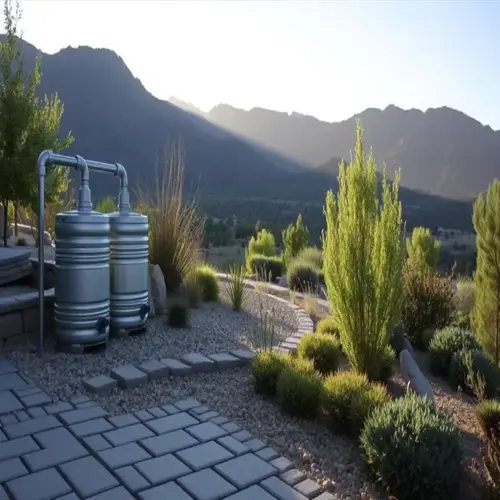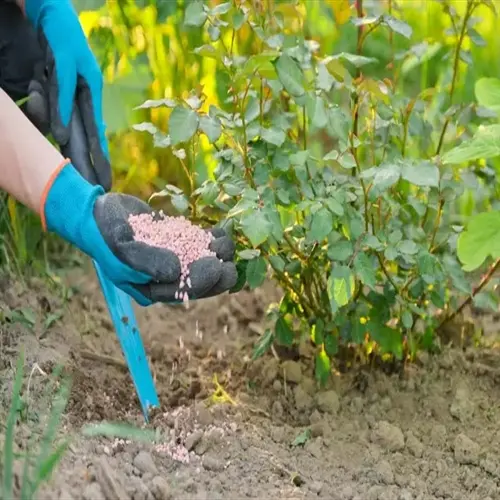Do beet leaves indicate root maturity?

Written by
Michael Sullivan
Reviewed by
Prof. Samuel Fitzgerald, Ph.D.The beet leaves are perfect indicators of root growth underneath. The leaves are a direct signal of what is happening with the roots that can't be seen. I depend on observing leaf condition over any calendar time scale for harvest timing decisions. Healthy, vibrant leaves correlate with good root growth, whereas yellowing or diminished leaves indicate something is going wrong with the roots and ultimately lowers the quality of beets.
Color Signals
- Vibrant green: Indicates healthy photosynthesis supporting root sugar accumulation
- Yellow edges: Signals nitrogen deficiency stunting root expansion
- Purple veins: Shows phosphorus shortage limiting root cell division
- Reddish tint: Warns of magnesium deficiency causing woody texture
Texture Clues
- Waxy flexibility: Proper hydration creates crisp root texture
- Limp leaves: Underwatering causes tough fibrous roots
- Leathery feel: Overwatering leads to pithy root centers
- Crispy edges: Heat stress triggers woody root development
Growth Patterns
- 6-8 inch height: Optimal leaf size for golf-ball root maturity
- Uneven growth: Indicates crowding or pest damage affecting root shape
- Rapid wilting: Signals root damage or disease below soil
- New center leaves: Confirms active growth for extended harvest window
Systematically monitor leaves along the way of growth. Use a shade chart and daily check color intensity. Use a ruler and measure your height weekly. Feel texture changes after watering or a weather change. I have a garden journal where I log leaf development stages, and it helps me to predict root size with about 90% percent accuracy.
The placement of leaves shows the type of rooting formation. The outside leaves reflect surface roots, and the inner leaves reflect the taproot. When they have space between, then the origins likely form evenly beneath. If the leaves form concentric circles, then the ring root system is forming. My understanding of seedlings is based on the arrangement of their leaves. I don't want plants to suffer to thin.
Adapt your care to leaf signals. Pale leaves received nitrogen. Wilted leaves need deep watering. Curled leaves need to add shade. Harvest when inner leaves become dull while outer leaves stay healthy. This reactive care allows roots to reach optimal quality for a magical harvest window.
Read the full article: When to Harvest Beets: Complete Guide

